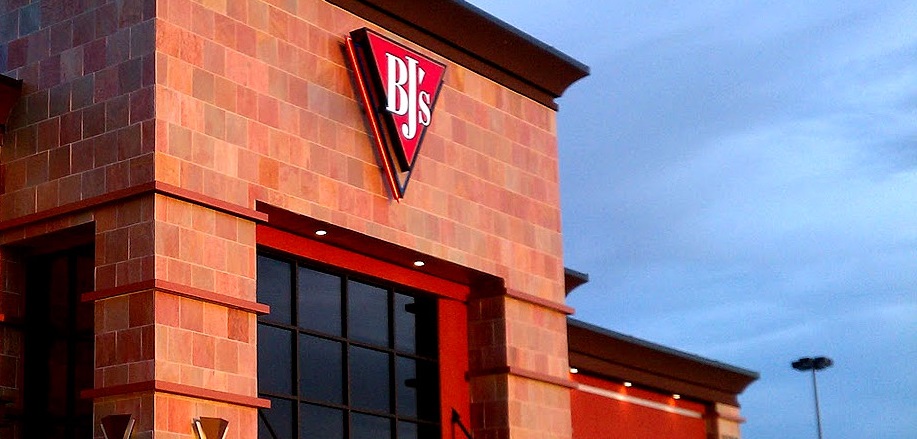In late 2015, BJ’s Restaurants approached Dynamit with a problem all-too-common for the industry: The company’s website had become disconnected from the BJ’s brand. The site didn’t tell the right story and was inconsistent with the BJ’s in-store experience.
Our job was to help BJ’s understand how their website could go from being a pain point to being a real asset for their business. This wasn’t your standard website redesign that just pulls in all the latest trends. We don’t do that kind of work. Instead, we needed to help BJ’s get the most out of their website by helping them rethink what their website’s role should be.
Going local
To begin our journey, we worked closely with BJ’s to land on a vision for their new website. That vision, called Hyper-local, would become the backbone for everything we did on the project.
Hyper-local, at its core, is about removing the dichotomy of system-wide information and store information. Instead, when a user goes to the BJ’s website, they see an experience tailored to their local market. Customers only care about the food, drinks, and experience of their local BJ’s. Showing a national menu, when not all items are available locally doesn’t make sense. That may seem obvious, but that dichotomy is status quo in the industry. We hope the new BJ’s site helps change that.
It’s more than just the menu, though. We also helped BJ’s introduce current wait times at the nearest location, local events, location-specific content, point-of-sale integrations, and more. Nearly everything about the BJ’s website is designed to deliver on the promise of creating a stronger connection with a local store.
Online ordering meets ecommerce
Online ordering on most restaurant websites is bad. That may be harsh, but most restaurants could stand to learn a few lessons from great ecommerce sites. We helped BJ’s see the value in a few, such as allowing for order customization and offering recommendations based on what is in the user’s cart.
The restaurant industry has long been lacking features like these, because most sites simply handoff online ordering to third-party vendors. That has the effect of both creating subpar experiences for users and limiting the revenue potential for businesses. We’re very happy to say that the new BJ’s website provides a fully-integrated ordering experience that meets the needs of users and drives sales.
Living in the moment
The team at BJ’s wanted to create a website that had the ability to be current; not just with contemporary design and features, but up-to-the-minute adaptability.
To accomplish that, we designed the site to be nimble and easily changed. This allows BJ’s to optimize the site to meet the ever-changing needs of their users as well as the business. The web content can change based on event-specific messaging and promotions, even shifts in ingredient availability.
Elevating the brand
One of the reasons I love this industry is the impact that a website can have for a business. A well-designed and user-centric site can level the playing field between smaller companies and industry giants.
The work that we’ve done for BJ’s uses bold imagery and stunning design to help elevate the digital experience of their brand. The new site tells visitors a story that is dually-focused on quality and locale. It brings together the newly highlighted menu options with the locally focused content to put forth a fresh and refined brand for BJ’s.
Measuring success
Early returns on the new and improved BJ’s site are incredibly promising. Organic site traffic is up 43%, and online ordering traffic has increased 13%. This, to us, is proof that approaching web design with a vision that benefits both the business and its customers is a win-win proposition.
Bobby Whitman is managing partner at Dynamit, which creates web and mobile applications. You can follow him on Twitter.
